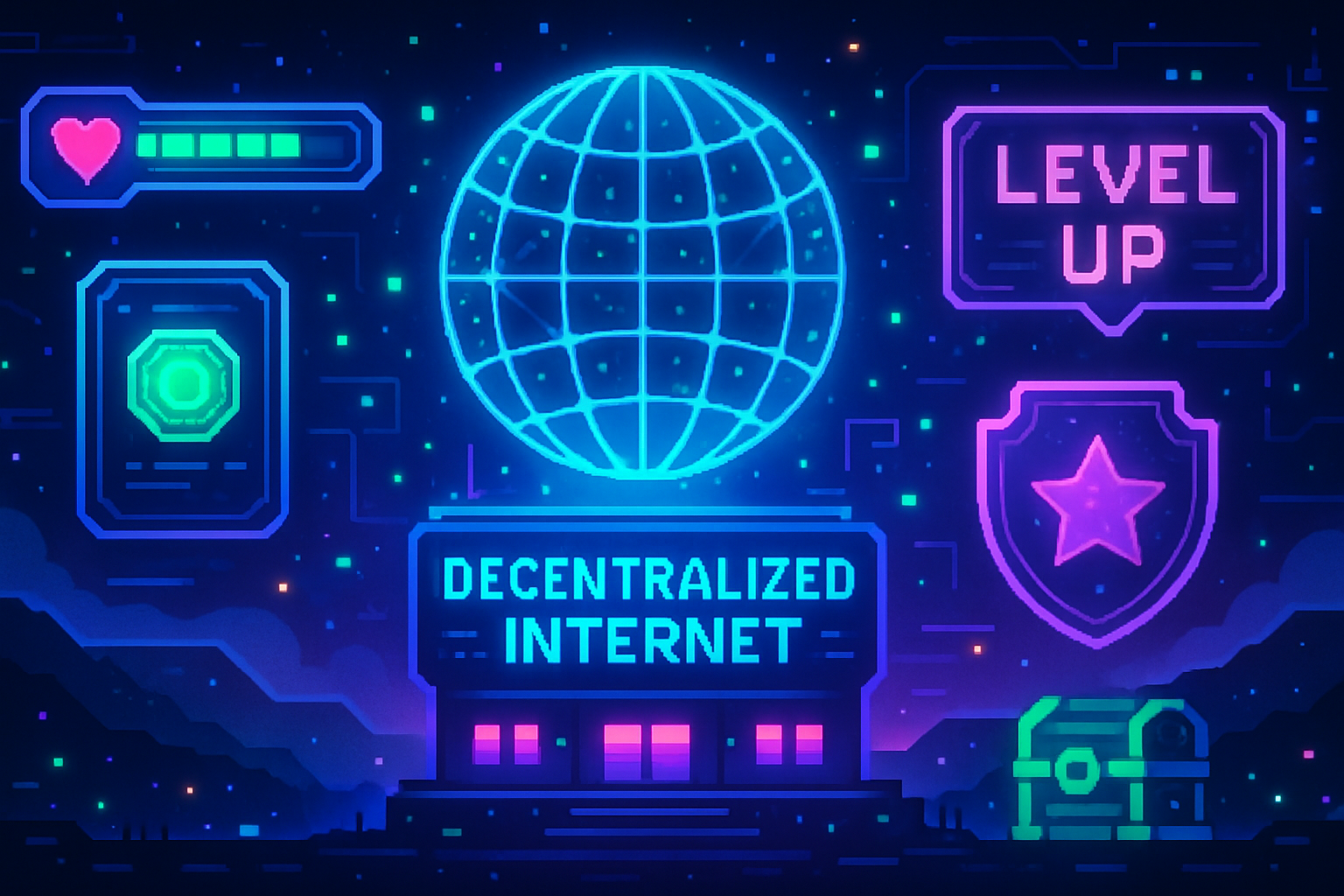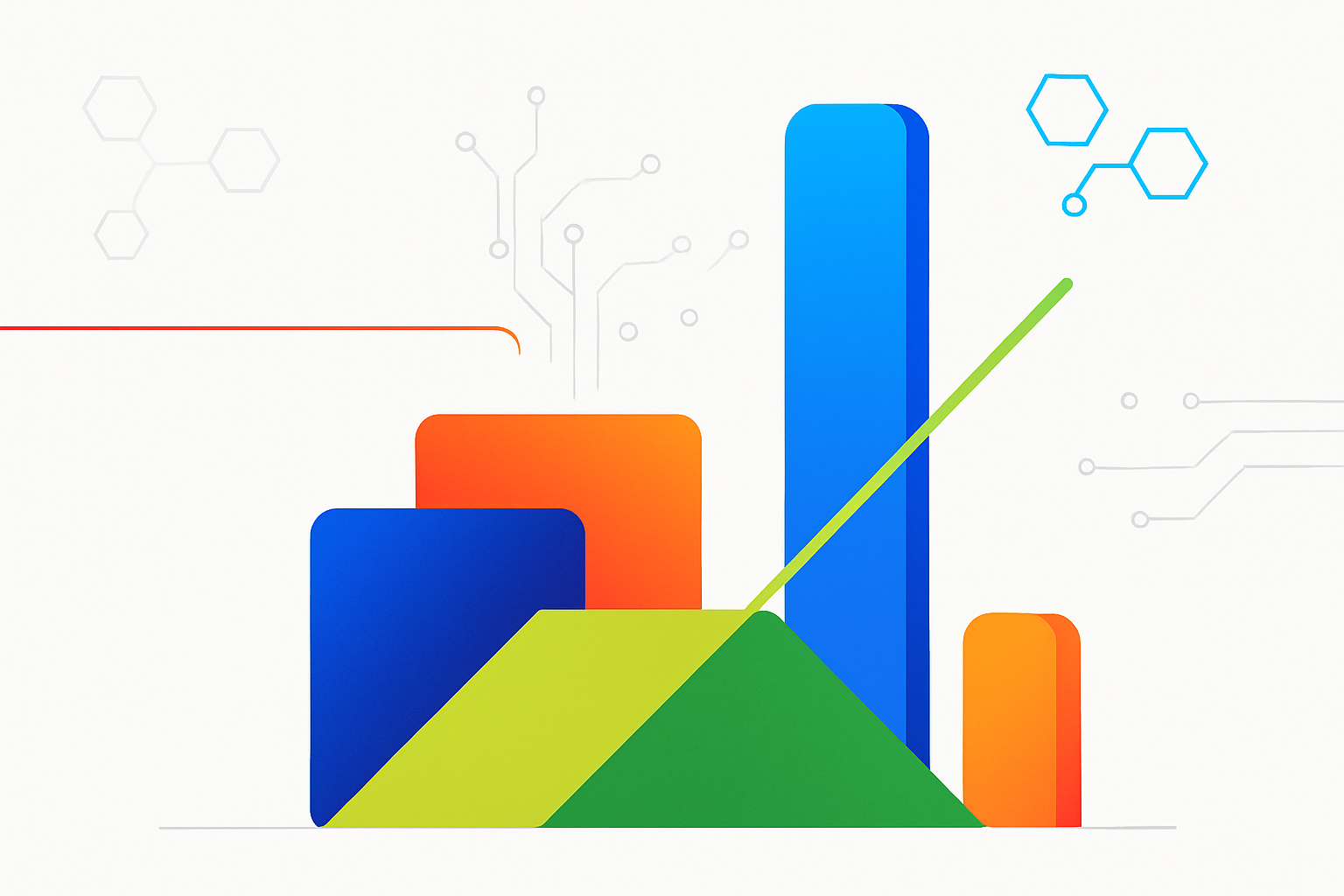
In 2025, the landscape of decentralized finance (DeFi) has evolved dramatically, thanks to the rise of chain abstraction. If you’ve ever felt overwhelmed by juggling multiple wallets, bridging assets across blockchains, or deciphering which network to use for a transaction, you’re not alone. The pain points of early Web3 UX have been widely acknowledged, and, finally, they’re being solved at the protocol level. Chain abstraction is at the heart of this transformation, delivering a unified crypto wallet experience that feels as seamless as using a single-chain app.
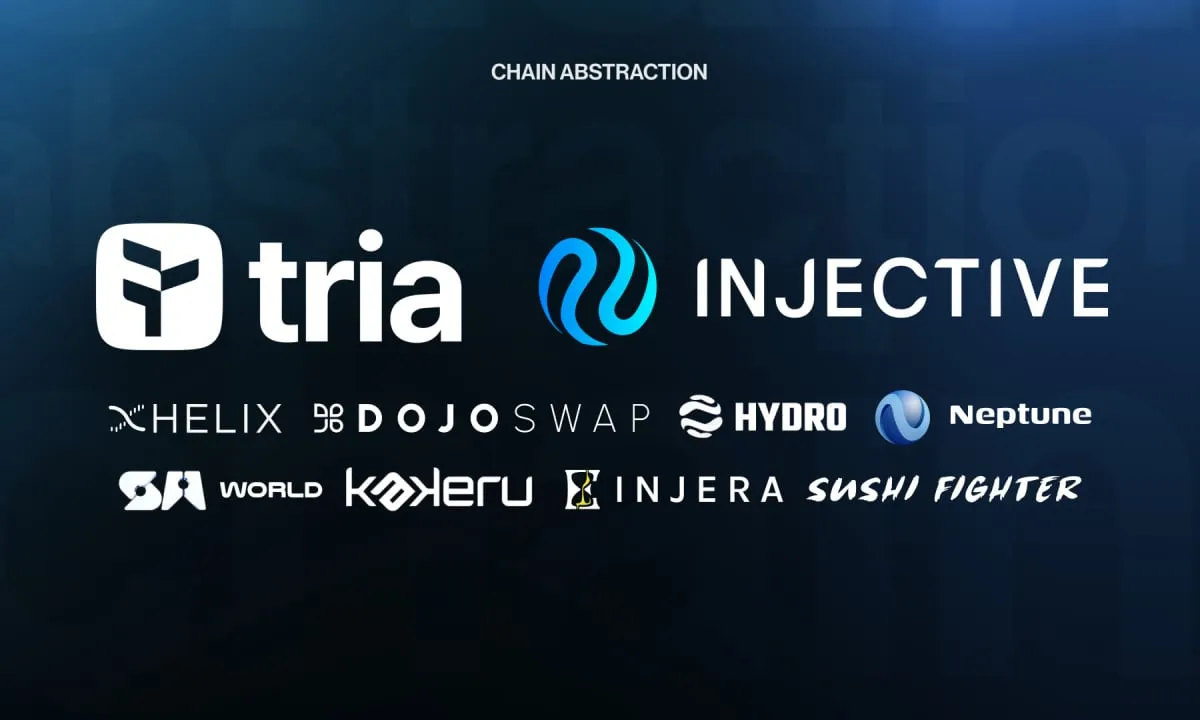
What Is Chain Abstraction and Why Does It Matter Now?
Chain abstraction is more than just another buzzword in crypto; it’s a paradigm shift. At its core, chain abstraction hides the technical complexity of interacting with multiple blockchains. Instead of requiring users to manually select networks or bridge tokens between chains, modern wallets handle these processes automatically behind the scenes. The result? A truly cross-chain wallet solution where your assets are accessible and actionable from a single dashboard, no matter where they reside.
This matters now more than ever because DeFi in 2025 is inherently multi-chain. Protocols routinely span Ethereum, Solana, Layer-2s, and emerging networks like Self Chain. Without abstraction, users face friction at every turn: swapping tokens means bridging them first; staking requires switching networks; portfolio management becomes a spreadsheet nightmare. Chain abstraction solves these headaches by presenting balances and transaction options in one place while routing actions through the most efficient path available.
The Unified Wallet Experience: How It Works in Practice
The best chain abstraction wallets today don’t just show you your total net worth across chains, they let you transact without ever worrying about underlying details. Want to swap an asset from Arbitrum to Solana? The wallet handles routing and fee calculation automatically. Need to interact with a DeFi dApp on another network? No need to reconfigure settings or connect new wallets; everything happens seamlessly beneath an intuitive interface.
This leap forward is powered by innovations like automated cross-chain routing engines and abstracted smart contract layers that optimize for speed and cost efficiency. Developers can now build applications that are truly chain-agnostic, meaning users get access to better liquidity pools and yield opportunities without manual intervention or technical know-how.
Security and Transparency in Cross-Chain Transactions
Simplifying UX doesn’t mean sacrificing security, in fact, chain abstraction has made cross-chain transactions safer than ever before. Advanced tracing tools like ABCTRACER now provide real-time monitoring for bi-directional transfers between blockchains. This means users benefit from increased transparency and reduced risk when moving funds across networks, a crucial improvement given past exploits involving bridges and wrapped tokens.
The combination of automation and traceability ensures that even complex DeFi strategies can be executed with confidence. Users no longer need to rely on third-party bridges or worry about lost assets due to failed transactions; everything is verified end-to-end within their unified wallet environment.
If you’re curious about how these advances compare with last year’s solutions, or want to explore more examples, check out our deep dive on how chain abstraction simplifies multi-chain wallet UX for DeFi users.
For those building in the space, the developer experience (DevEx) has been equally transformed. Instead of writing chain-specific logic and maintaining multiple codebases, smart contract developers can now deploy chain-agnostic applications that automatically tap into liquidity and user bases across networks. This not only accelerates time-to-market, but also means that DeFi projects can focus on innovation rather than infrastructure headaches.
How Chain Abstraction Is Powering Real Adoption
In 2025, we’re seeing the impact of these innovations ripple out to mainstream users. Keyless wallets, AI-powered routing, and unified dashboards are no longer just buzzwords, they’re standard features of top-tier cross-chain wallet solutions. By abstracting away network selection and asset bridging, these wallets empower users to participate in DeFi protocols with a level of ease that rivals traditional fintech apps.
From a behavioral finance perspective, this is a game changer. When friction disappears, engagement soars. Users who once hesitated to experiment beyond their primary chain now interact with DeFi protocols across Ethereum, Solana, Self Chain, and more, all from a single wallet interface. The result? Greater liquidity for protocols and higher retention for wallet providers.
Remaining Challenges and What’s Next
Despite these leaps forward in decentralized finance UX, there are still hurdles to clear. Transaction fees remain variable across chains, even if they’re abstracted away from the user, and underlying network congestion can sometimes introduce delays. While security has improved thanks to real-time tracing tools and protocol-level safeguards, vigilance remains key as new attack vectors emerge alongside technological progress.
The good news? The collaborative ethos of Web3 means these challenges are being tackled head-on by both open-source communities and enterprise teams. As more projects adopt chain abstraction standards, interoperability will only get stronger, unlocking even more seamless experiences for end users.
Why Chain Abstraction Wallet UX Matters for Everyone
Whether you’re a developer building the next big dApp or a crypto enthusiast managing assets across multiple networks, the rise of chain abstraction is reshaping your daily experience. Unified crypto wallet experiences don’t just make life easier, they lower barriers to entry for millions of new users who might have found traditional multi-chain management too daunting.
Real Benefits of Chain Abstraction Wallets in 2025
-
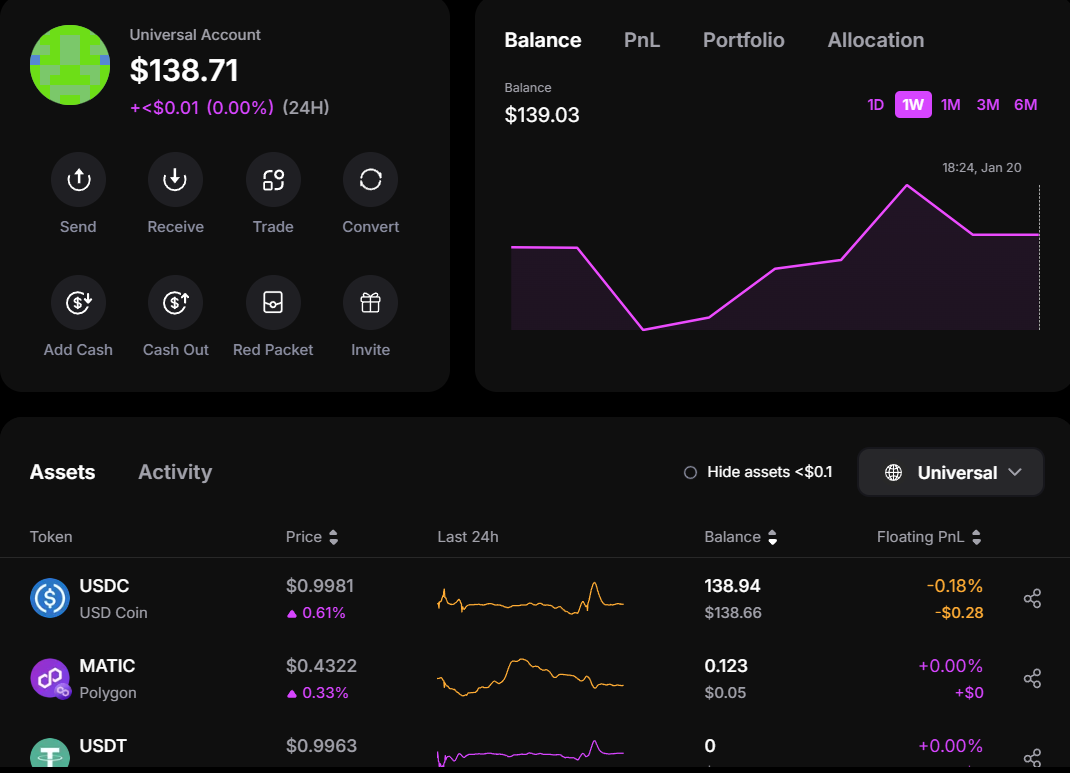
Unified Wallet Balances: View all your assets from Ethereum, Solana, Polkadot, and more in one dashboard—no more juggling multiple wallets or interfaces.
-
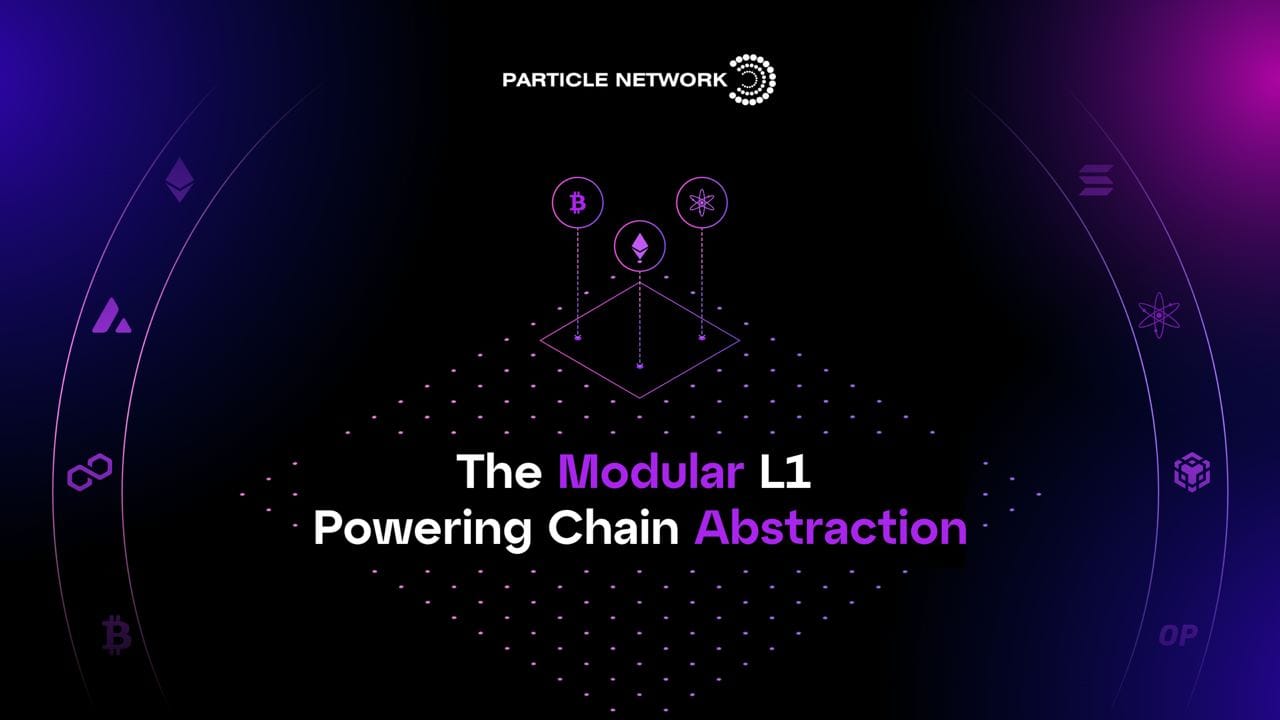
Seamless Cross-Chain Transactions: Instantly swap or transfer tokens between blockchains like Ethereum and Arbitrum without manual bridging or technical steps.
-

Automatic Fee Optimization: Wallets automatically select the most cost-effective blockchain for your transaction, saving you on gas fees without extra effort.
-

Enhanced Security & Traceability: Advanced tools like ABCTRACER provide real-time monitoring and tracing of cross-chain transactions, boosting user confidence and safety.
-
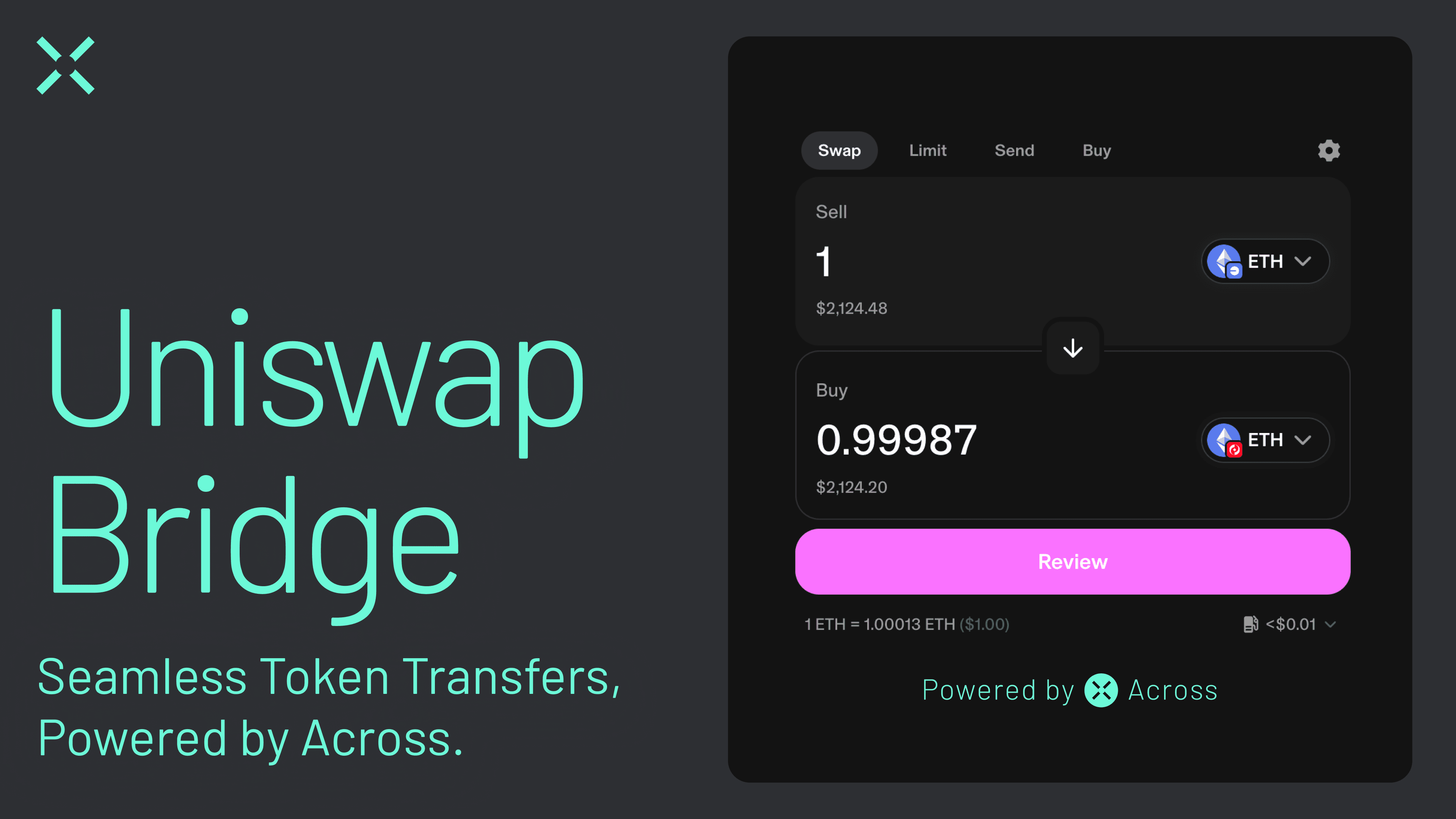
Effortless DeFi Access: Use popular DeFi apps such as Uniswap and Aave across multiple chains with a single wallet connection—no need to switch networks or wallets.
If you want to see how one-click cross-chain swaps are changing the game or understand why network switching is rapidly becoming obsolete, check out our guide on how cross-chain wallets eliminate network switching: UX innovations for seamless crypto management.
The bottom line: In 2025, chain abstraction isn’t just a technical upgrade, it’s the key driver behind mass adoption in DeFi. By making cross-chain wallet UX intuitive, secure, and truly unified, we’re finally unlocking the full potential of decentralized finance for everyone.





